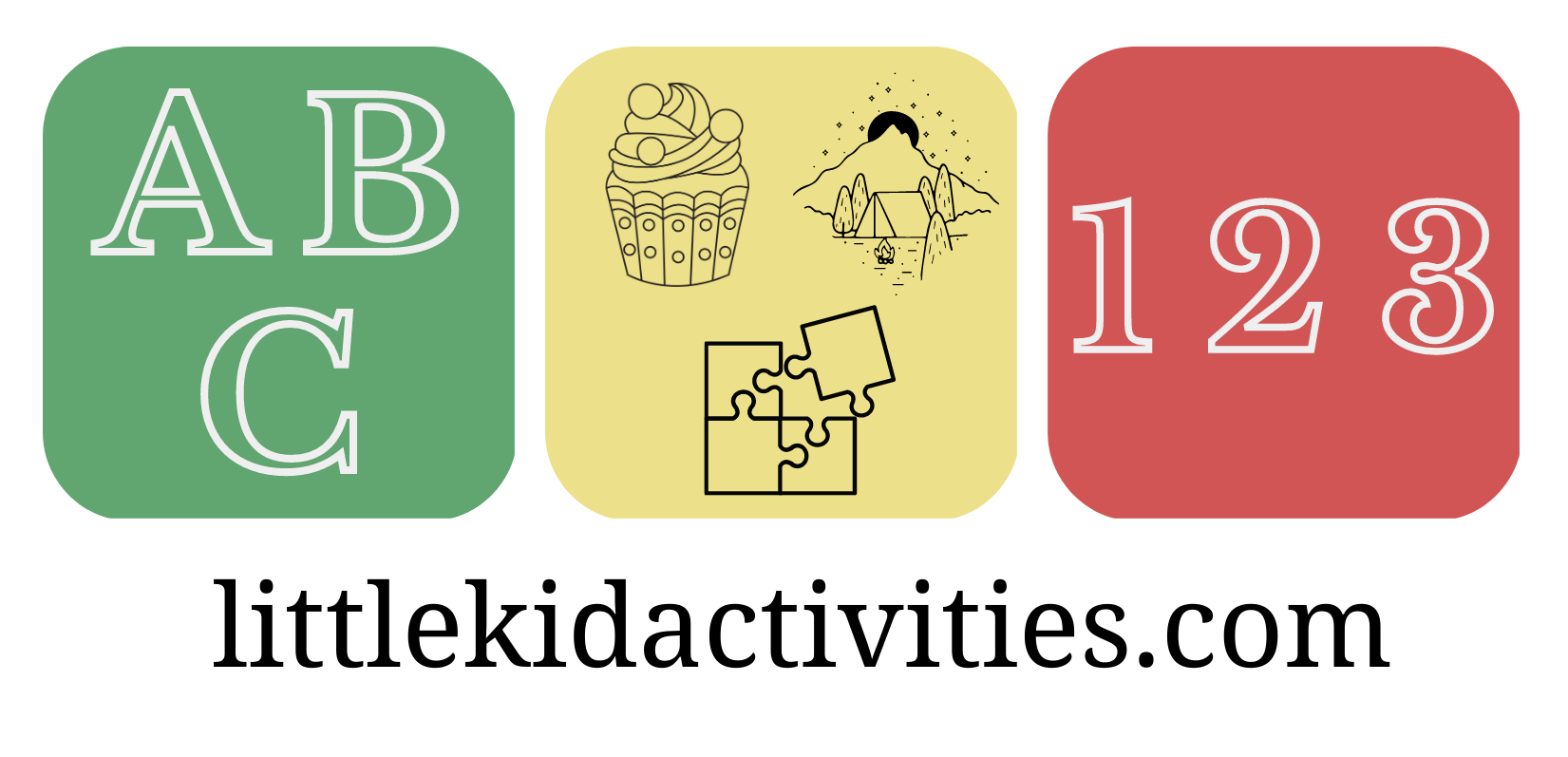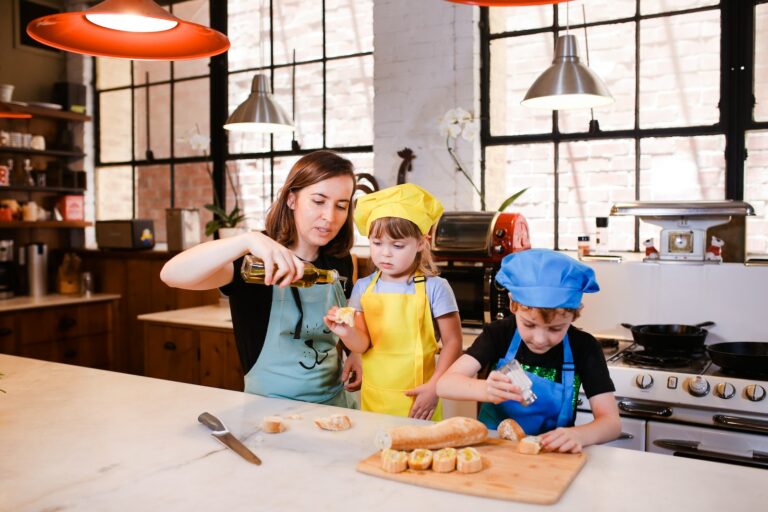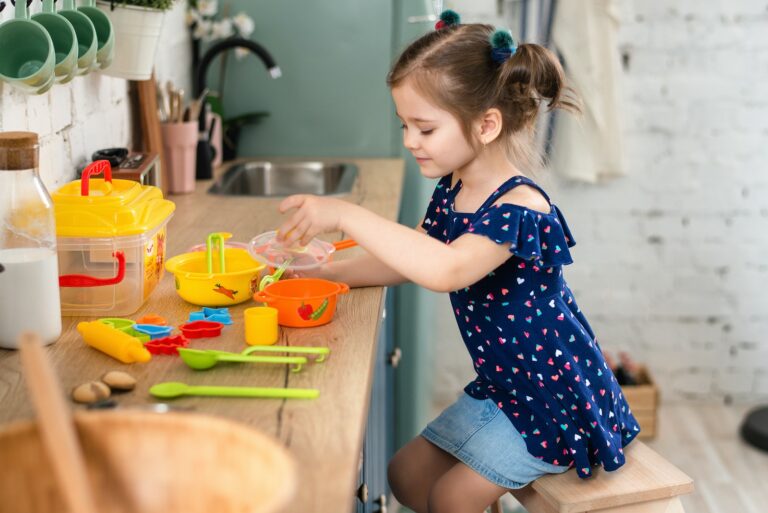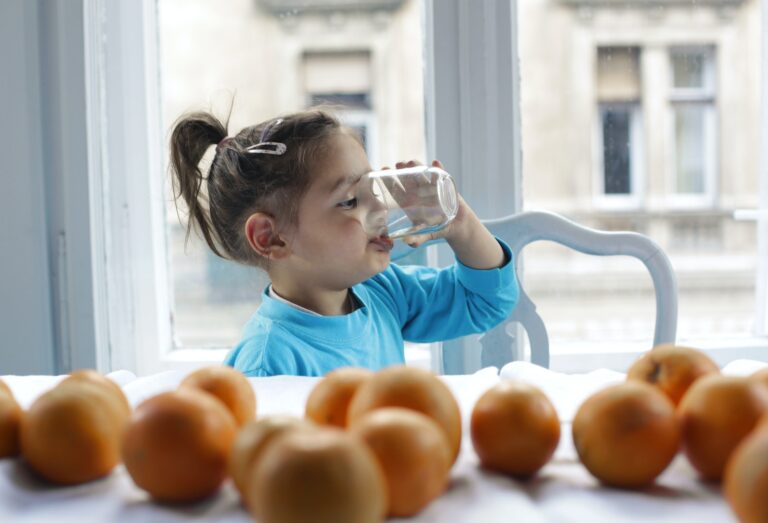Fresh vs Rotten: A Fun Way to Teach Kids the Difference
Hey there, parents and caregivers! Ever noticed how little ones are naturally curious about the world around them? One minute they’re sniffing a juicy apple, and the next they’re wrinkling their nose at something funky in the fridge. That’s the perfect opportunity to dive into a fun and straightforward concept: fresh vs rotten! Not only is it a practical life lesson, but it’s also a chance to spark their curiosity, sharpen their senses, and even sneak in some science. Let’s explore what fresh and rotten mean, why it matters, and how you can turn it into an engaging adventure for your kids!

What Does “Fresh vs Rotten” Mean for Little Kids?
Imagine this: a bright red strawberry that smells sweet and tastes amazing versus a squishy, moldy one that’s better off in the compost. That’s the basic idea of fresh vs rotten! Fresh foods are at their peak—full of flavor, nutrients, and crunch (or juiciness, depending on the food). Rotten stuff? Well, it’s what happens when food sits too long, and tiny organisms like bacteria or mold decide to throw a party.
For little kids, this concept isn’t just about food—it’s about noticing changes, using their senses, and understanding why we don’t eat the yucky stuff. Plus, it’s a great way to introduce them to healthy habits without making it feel like a lecture. Ready to make it fun? Let’s dig in!
Why Teach Kids About Fresh vs Rotten?
Kids are natural explorers, and teaching them the difference between fresh and rotten helps them in so many ways:
Safety: Knowing what’s safe to eat keeps those little tummies happy and healthy.
Sensory Skills: They’ll use their eyes, nose, and even hands to spot the difference.
Science Sneak-Peek: Rotting is nature’s recycling system—how cool is that?
Life Lessons: It’s a simple way to talk about taking care of things (like not leaving bananas in a backpack for a month!).
Now, let’s get to the good part—some hands-on activities to make this concept stick!
5 Fun Activities to Teach Kids Fresh vs Rotten
The Smell Test Challenge
Grab a few items from your kitchen—think a fresh lemon, a ripe banana, and maybe something slightly past its prime, like an old carrot. Blindfold your little one (if they’re up for it) and let them sniff each one. Ask, “Does this smell yummy or yucky?” Talk about how fresh things often smell bright and inviting, while rotten ones… well, not so much!
Spot the Difference Game
Gather pairs of items—one fresh, one not-so-fresh. For example, a shiny apple vs a wrinkly one, or a crisp lettuce leaf vs a slimy one. Lay them out and let your kiddo compare. Ask questions like, “Which one looks happy to be eaten?” or “What’s different about these two?” It’s like a detective mission for their eyes!
Rotten Treasure Hunt
Turn cleanup into a game! Hand your child a basket and ask them to hunt around the kitchen or pantry for anything that’s starting to look (or smell) rotten. Maybe it’s a forgotten orange or a mushy tomato. Celebrate their finds and chat about why those items are no longer fresh. Bonus points if you compost together! For tips on composting with kids, check out EPA’s Composting at Home Guide.
Fresh vs Rotten Art Time
Break out the crayons or paints and ask your little artist to draw their favorite fresh food and what they think it’d look like if it went rotten. A plump blueberry turning fuzzy? A crunchy carrot getting soft? This lets them imagine the change while getting creative. Hang up their masterpieces for a fun reminder!
Taste Test (Fresh Only!)
Pick a few fresh goodies—like a crisp cucumber, a sweet grape, or a tangy orange slice. Let your kiddo taste them and describe what they love about each one. Tie it back to freshness by saying, “These taste so good because they’re fresh—rotten stuff wouldn’t be this yummy!” Keep it positive and delicious.
A Little Tip for Parents
Not sure how to start the convo? Try this: next time you’re prepping dinner, hold up a fresh veggie and say, “This is super fresh—look how bright it is! What do you think happens if we leave it out too long?” Let their answers guide you—it’s all about sparking that “aha!” moment.
Wrapping It Up: Fresh Wins Every Time!
Teaching kids about fresh vs rotten isn’t just about food—it’s about discovery, safety, and a little bit of fun. With these activities, your little ones will become experts in no time, proudly pointing out the good stuff and steering clear of the not-so-good stuff. So, grab an apple (the fresh kind, of course!), and let’s get started. What’s your favorite way to explore this with your kids? Drop a comment below—I’d love to hear!




